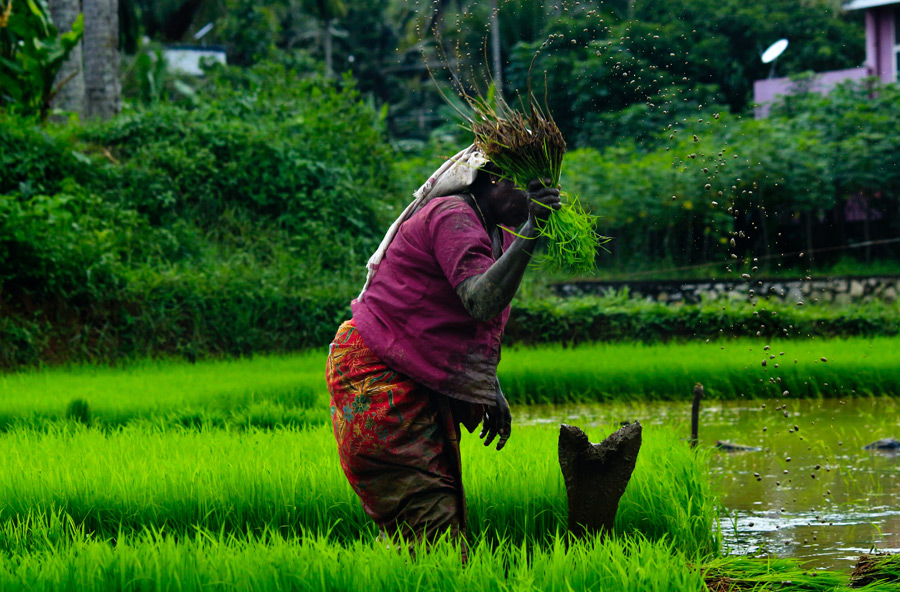Farzad Taheripour, Thomas W. Hertel, Badri Narayanan Gopalakrishnan, Sebnem Sahin, and Jorge J. Escurra
This paper uses an advanced Computable General Equilibrium (CGE) model coupled with biophysical data on future changes in crop yields due to climate change to examine: 1) the consequences of climate change for India’s agricultural and food products; 2) the extent to which water scarcity can affect the irrigation adoption and demand for water; and 3) how water scarcity, climate change, and trade jointly alter land-use changes across the Indian subcontinent. It shows that when water scarcity is ignored, irrigated areas grows due to changes in crop yields induced by climate change. When water scarcity is introduced, competition for water increases and that largely reduces demand for irrigation across all river basins in India. When available water for irrigation is not limited, climate change alone could moderately increase agricultural outputs at the national level and that leads to some welfare gains. However, water scarcity, induced by expansion in water demand in non-agricultural uses and lack of water infrastructure, blocks the demand for irrigation and that generates significant negative impacts on the economy of India and its agricultural activates. The overall welfare losses due to water scarcity for this economy is expected to be about $3.2 billion (at 2007 prices) in 2030. With a 3% discount rate, the net present value of the annual reductions in welfare will be about $24.3 billion from 2008 to 2030.

